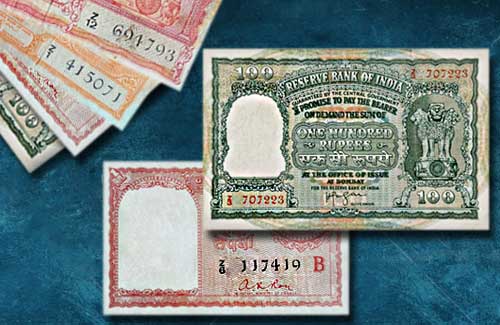The Persian Gulf Rupee or the Gulf Rupee was a currency issued by the Government of India and the Reserve Bank of India for use in the Persian Gulf and the Arabic peninsula. The Indian rupee was an official currency in several areas that were controlled by the British and governed from India and it was a legal tender in the Gulf countries up till 1966.
In mid 20th century there was much smuggling of gold in India due to the excessive external use of rupee. While the smuggling problem lasted for many years it reached to alarming proportions in 1957-58. India was paying for the illegal importation of gold through its foreign reserves. To reduce the strain on India’s foreign reserves and to turn the balance of trade in India’s favour, a separate currency was created. This new rupee note was called as Gulf Rupee and was issued by the Government of India (INR 1) and the Reserve Bank of India (INR 5, 10, 100) only to be used as a legal tender outside the country.
These new rupee notes were introduced by a bill passed in both the Houses of the Indian Parliament and with the Presidential assent on May 1, 1959, and were called as the “External Rupee” or the “Gulf Rupee”. This issue of the ?special notes’ were not a legal tender in India and were exclusively for use in the Persian Gulf.
The series of these special notes were identical to the ?Indian rupee’ except for a change in its colour, legend on the obverse and it indicated that they were payable “at the Office of Issue at Bombay” instead of payable “at any office of issue”. They carried a special serial number prefix of “Z”.
| Denomination | 1 Rupee |
|---|---|
| Colour | Red |
| SCWPM Number | India No. R1. |
| Pattern of | India No. 75d. |
| First issued | 11 May 1959 |
| Signature | A. K. Roy (Secretary, Ministry of Finance) |
| Serial Number | Prefix range Z/0 to Z/11 , followed by a six digit number |
| Denomination | 5 Rupees |
|---|---|
| Colour | Orange |
| SCWPM Number | India No. R2. |
| Pattern of | India No. 35a. |
| First issued | 11 May 1959 |
| Signature | H. V. R. Iyengar (Governor, Reserve Bank of India) |
| Serial Number | Prefix range Z/0 to Z/3, followed by a six digit number |
| Denomination | 10 Rupees |
|---|---|
| Colour | Red |
| SCWPM Number | India No. R3. |
| Pattern of | India No. 39c. |
| First issued | 11 May 1959 |
| Signature | H. V. R. Iyengar (Governor, Reserve Bank of India) |
| Serial Number | Prefix range Z/0 to Z/4, followed by a six digit number |
| Denomination | 100 Rupees |
|---|---|
| Colour | Green |
| SCWPM Number | India No. R4. |
| Pattern of | India No. 43b |
| First issued | 11 May 1959 |
| Signature | H. V. R. Iyengar (Governor, Reserve Bank of India) |
| Serial Number | Prefix range Z/0 to Z/4, followed by a six digit number |
-
Stamps on International Refugee Day
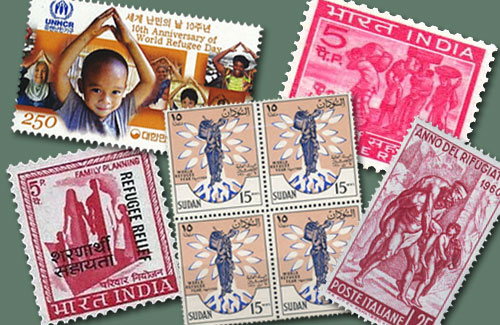
Violence, wars, terrorist attacks and prosecutions have torn the world apart into pieces t...
-
Young Philatelist: Mythical Creatures on Stamps

Can you imagine a world without stories? We were all born to tell and listen to them; that...
-
Young Numismatist: Time to Show You The Money
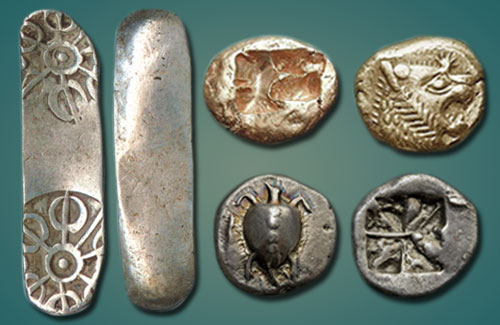
You always cribbed “Show Me the Money”. Now you get to see me in person, nice, up and ...
-
Types of Fancy Number Currency Notes
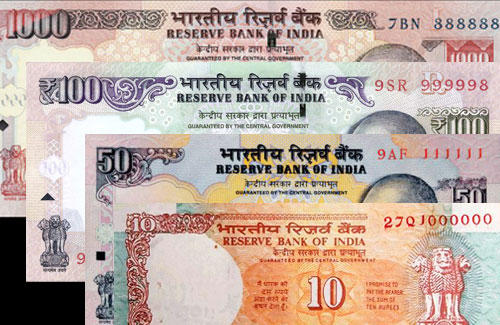
Types of Fancy Number Currency Notes Many notes come and go from your pockets and wallets...
-
Essential Tools for Every Stamp Collector

Gearing up the right way for anything that you have set your minds on always comes in hand...
-
Celebrating Buddha Purnima Through Coinage
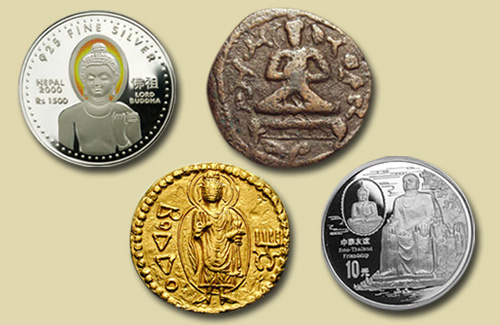
21st May will be observed as Buddha Purnima this year across the country, celebrating the ...
-
Why Can't a Country Choose to Get Richer By Printing More Paper Money?
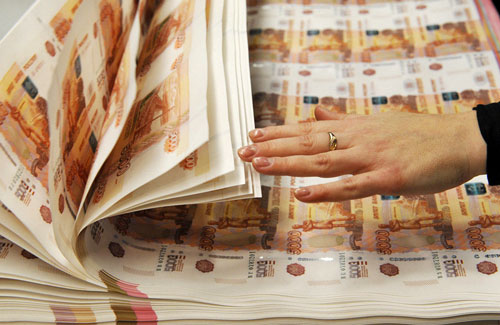
A question that many of us might have thought of, but never knew whom to ask. Today, let�...
-
Remembering Rabindranath Tagore
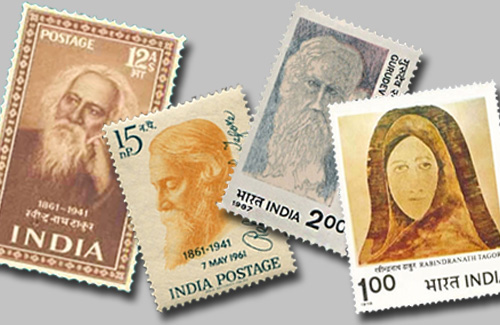
7th May 1861 was a special day in Indian history indeed. Rabindranath Tagore, one of the w...
-
CM Devendra Fadnavis Launches Mintage World

23rd April 2016 was a very special and eventful day indeed! Mintageworld.com was officiall...
-
8 Tips for Budding Stamp Collectors
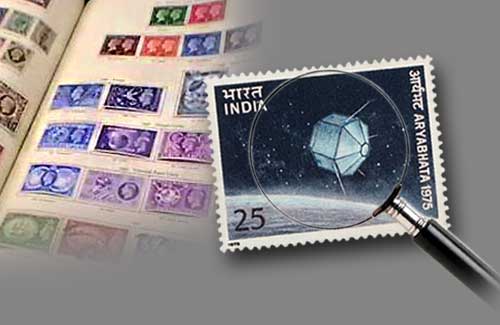
Collecting stamps is more than just a hobby for some. It’s an experience that helps you ...

